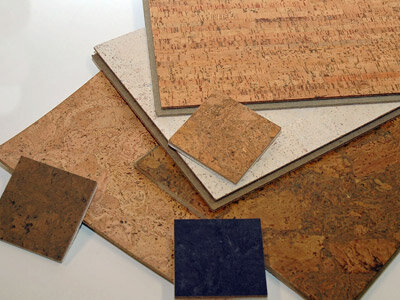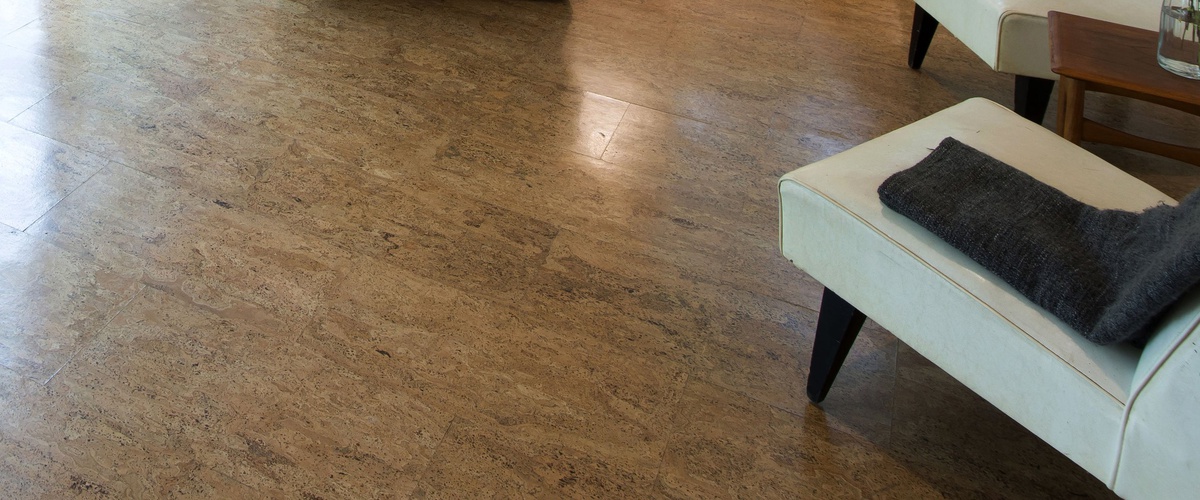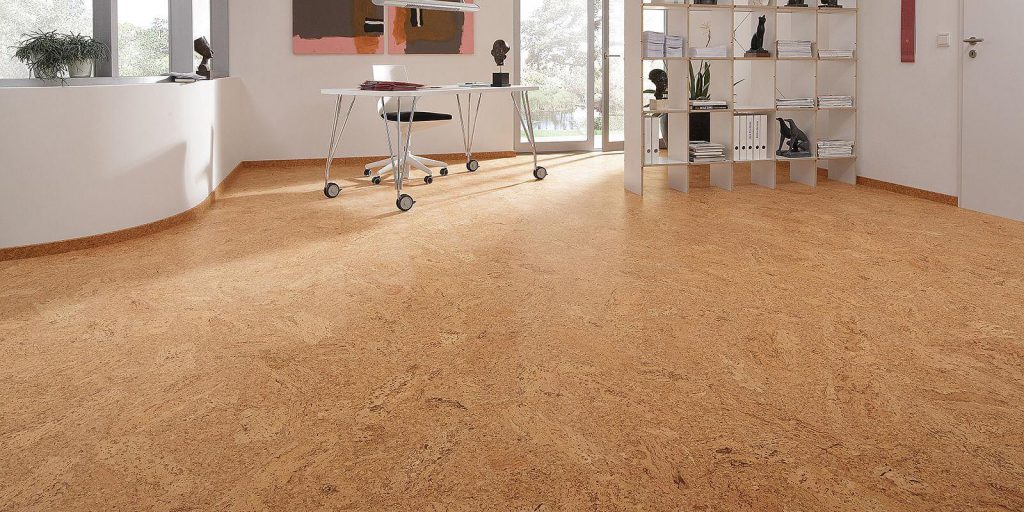Manufacturing Process Of Cork Flooring

The manufacturing process for cork flooring generates almost no waste.
Manufacturing process of cork flooring. Cork is an excellent gasket material. The bark regenerates after harvesting and the process can be repeated for years. Cork s elasticity combined with its near impermeability makes it suitable as a material for bottle stoppers especially for wine bottles cork stoppers represent about 60 of all cork based production. This also increases the corks flexibility.
However newer manufacturing techniques have created cork floors that closely resemble hardwood marble or even concrete. In fact cork flooring is actually a byproduct of the manufacturing of cork stoppers for wine bottles. Today s cork flooring can now be used almost anywhere provided it is kept well sealed. Cork has an almost zero poisson s ratio which means the radius of a cork does not change significantly when squeezed or pulled.
Traditional cork flooring has a warm natural look that works best in spaces with an informal casual decor. Cork flooring manufacturing process. Binders are then added to hold the ground cork together. The next harvest takes place after nine years which is a shorter period than what trees usually take to mature.
After that they are steamed in boilers to eliminate bugs contaminants and remove the outside layer of bark. The manufacturing process 1 using a specially designed hatchet the harvester slices through the cork layer on the trunk of the tree taking care not to cut deep enough to damage the living portion of the trunk.



















